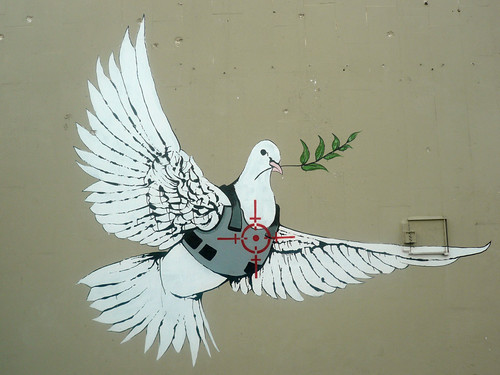After spending the entire semester
studying mass media I have come to the conclusion that media is responsible for
effecting how we think as a society. I did not realize before how much of a
hold media had on all of us until I took a deeper look into what I see
practically 24/7. I have realized that advertisements have directed audiences
and use different ploys to get the responses the advertiser’s desire. One thing
that really struck me was how much media relied on emotional appeal. Whether it
is a commercial for the starving children in Africa, a PSA add for abandoned
puppies, or a video trying to draw attention to a global issue, all of these
forums rely on the viewer’s emotions to get a response. The minds behind such media stunts are no
dummies and are completely aware that by shocking viewers into seeing sad, gruesome
and often heart wrenching images they can get a response that they want. I have realized that as viewers we have become
accustomed to being molded to think or feel a certain way due to what we see in
the media.
A prime example of this in
political campaigns, often Politicians are exploited in the media because
candidates will make mudslinging commercials for their opponents in hopes that
the viewers will see the slandering ads and in turn think negatively about who
they are running against. Also public service announcements are responsible for
making us feel so sympathetic and so awful that we must do something to help
join the cause. Another major thing that influences how we think is censorship.
Along with PSA’s and campaigns censorship affects how we think because viewers
only see or hear what the broadcasters want them to see. Words, phrases, or actions that are viewed to
be “obscene” or “inappropriate” are blocked out or edited so that the viewer
will not see or hear them, in turn this gives the viewer the idea that whatever
is blocked out is “bad” yet this is all according to the standards of whoever
is making the said show or add.
Ultimately what we see in the media
is all influenced by who is behind it. What we see as viewers is what the
broadcasters, advertisers, and politicians all want us to see, yet we keep on
watching. In order to not be negatively influenced
by the media it is best to have a clear head when watching and to realize that
everything we see has a reason or motive behind it.


